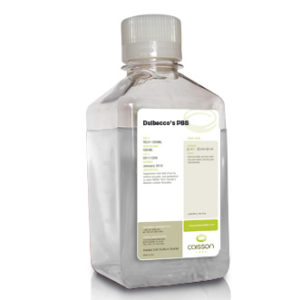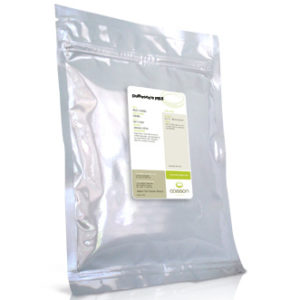Description
KH2PO4
CAS# 7778-77-0
≥99%
ACS Grade
Suitable for use in mammalian, insect, and plant cell culture.

$18.51 – $96.63
KH2PO4
CAS# 7778-77-0
≥99%
ACS Grade
Suitable for use in mammalian, insect, and plant cell culture.
Caisson Labs
15 to 30°C
Ambient
| Weight | N/A |
|---|---|
| Dimensions | N/A |
| Format | |
| Size |
POTASSIUM PHOSPHATE MONOBASIC
Potassium phosphate monobasic an inorganic compound containing two important components (phosphate and potassium) that plays a significant role in providing nutrients to plants for developmental and growth purposes [1].
Potassium carbonate + Phosphoric acid ➔ Potassium Phosphate Monobasic
Phosphoric acid + Potassium hydroxide ➔ Potassium Phosphate Monobasic
Phosphoric acid + Potassium chloride ➔ Mono-potassium phosphate + HCL
H3PO4 + KCl ➔ KH2PO4 + HCl
| Properties | Potassium phosphate monobasic |
|---|---|
| Physical state | Solid |
| Appearance | Exist in both powdery and liquid forms |
| Color | Colorless or in form of white granules |
| Odor | Odorless |
| Nature | Hygroscopic in nature |
| Molecular weight | 136.09 |
| Molecular formula | KH2PO4 |
| Melting Point | 253 °C |
| Density | 2.34 g/cm3 |
| Boiling Point | >450 °C |
| Specific gravity | 2.338 |
| pH | 4.2 – 4.6 at 20 degrees Celsius |
| Flammability | Not flammable |
| Solubility |
|
| Solubility in water | 222 g/L at 20 degrees Celsius |
| Reactivity | React violently with acid or bases |
| Storage temperature | Ranges from 5 to 30 degrees Celsius |
| CAS Number | 7778-77-0 |
| EC Number | 231-913-4 |
| InChI | 1S/K.H3O4P/c;1-5(2,3)4/h;(H3,1,2,3,4)/q+1;/p-1 |
| InChI Key | GNSKLFRGEWLPPA-UHFFFAOYSA-M |
| SMILES | OP(=O)(O)[O-].[K+] |
| Product Lot Number: |

PBP06 is the powder form of PBL06.

1X Dulbecco’s phosphate-buffered saline solution (DPBS). Without calcium and magnesium. Sterile filtered.

PBP01 Powder form of PBL01 and PBL05 (10X Solution) . Does not contain calcium and magnesium.